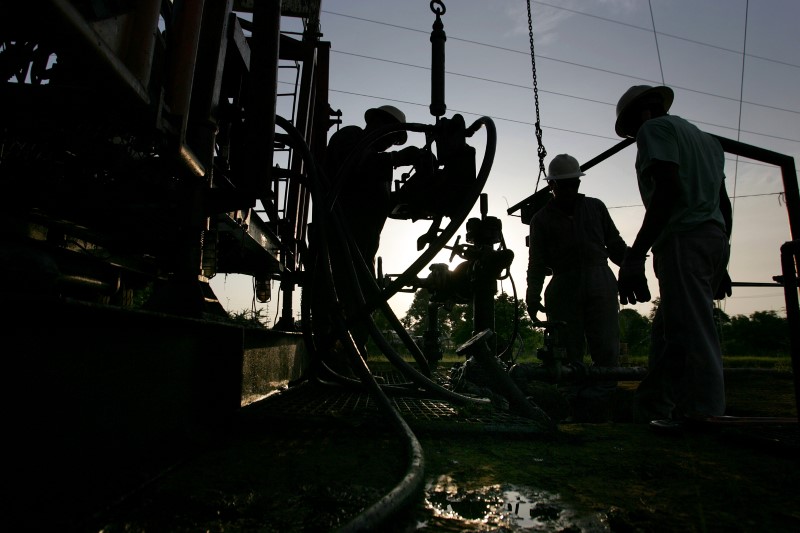By Samuel Indyk
Investing.com – ING has lifted its forecasts for Brent and WTI this year, now expecting Brent crude prices to average $65/barrel over 2021, compared to previous forecast of $60/barrel. The Dutch bank cites OPEC+ production cuts and global recovery hopes as nations continue rolling out vaccines.
OPEC+
In January, Saudi Arabia announced deeper supply cuts to help balance the oil market quicker than had been. “The additional 1mln bpd of cuts from Saudi Arabia, along with the bulk of other OPEC+ members (with the exception of Russia and Kazakhstan) keeping their production levels unchanged, has ensured that the market will continue to draw down inventories over 1Q21,” Warren Patterson at ING said in a research note.
Demand Recovery
As countries step up their vaccination programmes and Covid cases fall, there is an argument that some form of normality will return soon, which ING says should be supportive for oil demand.
However, they are still cautious about the timeline and expect demand to finish 2021 below 2019 levels and gradually pick up through 2022 to pre-pandemic levels.
“For 2021 we see oil demand growing by a little more than 6.5mln bpd, after having fallen by a little over 10mln bpd in 2020,” Patterson said. “Q2 of 2021 should be the quarter where we see the strongest year-on-year growth at around 14mln bpd, but this obviously reflects the low base in Q2 2020, when demand bottomed as a result of Covid-19 lockdowns.”
Forecasts Higher
With deeper supply cuts, prospects of oil demand growth, rising inflation expectations and broad USD weakness, ING say the outlook for crude is more bullish than they previously expected. Despite this, the bank notes there are some downside risks to their forecasts.
Nevertheless, at the end of 2021, ING sees Brent at $69/barrel and WTI at $67/barrel. Going forward, they see oil prices peaking at $73/barrel for Brent in Q3 2022 and $70/barrel for WTI before falling back slightly.
Risks to the forecast
ING notes four main downside risks to the forecast. Firstly, another increase in Covid cases would likely weigh on demand. Secondly, any signs of tapering from the US Federal Reserve with regards to its bond purchases could weigh on riskier assets such as crude oil. Thirdly, a return of Iranian oil to the marker could slow the rebalancing process. However, they added that they do not see a significant return of Iranian supply until later this year at the earliest. Finally, fractions within the OPEC+ group could see them fail to agree on next steps. Of note, the next meeting of the oil cartel is schedule for March 4th.
